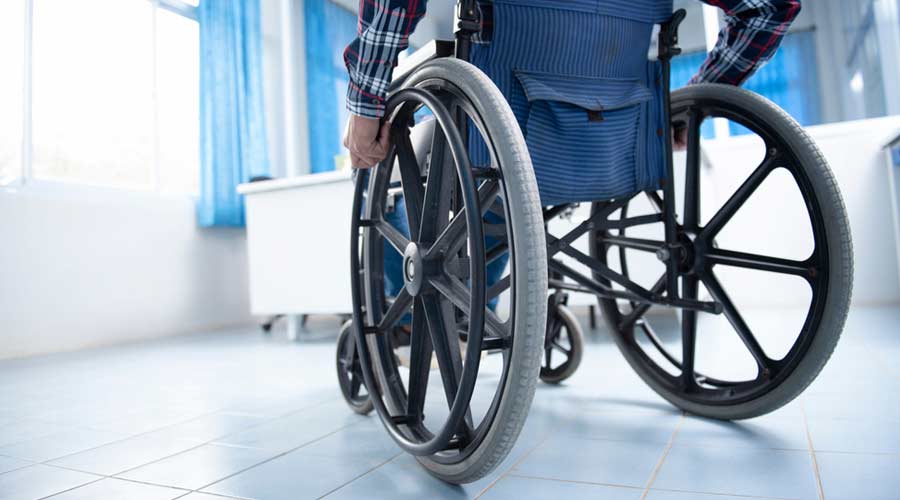
Contributed by ProNatural Brands
Did you know that over 65 million people worldwide use wheelchairs every day? In addition, another one billion people use wheelchairs temporarily, for instance, due to illness or injury.
Unfortunately, many wheelchair users develop illnesses and infections. According to a study published by the National Library of Medicine in April 2023, 85 percent of wheelchair users experience skin problems and over 50 percent develop fungal infections from using a wheelchair.
Fungal infections can occur on various parts of the body, including the skin, nails, mouth, throat, lungs, and urinary tract.
The elderly and hospital patients, those most likely to use wheelchairs, are at the greatest risk of developing fungal infections.
This is why cleaning professionals in medical centers and airports, where wheelchair use is common must be aware of how to keep wheelchairs clean and healthy, according to Hannah Jonasse, from ProNatural Brands, LLC, marketers of citric-acid-based cleaning solutions to maintain a healthy and hygienic environment.
So how do we clean wheelchairs to keep users healthy?
Among Jonasse's recommendations are the following:
• Clean wheelchairs daily or after each use if multiple people use them.
• Sanitizers are usually sufficient to reduce the number of pathogens on a wheelchair to safe levels.
• If multiple people use the same wheelchair, disinfection is necessary. A disinfectant eliminates all pathogens as listed on the product's label.
• Avoid using alcohol-based sanitizers or disinfectants as they can cause skin irritations and rashes, which is what we want to prevent.
• Also, synthetic detergents, solvents, and bleach should be avoided; they can also irritate the skin and damage the wheelchair.
• Citric-acid-based sanitizers and disinfectants have proven effective in cleaning wheelchairs and are less likely to cause skin irritations. Moreover, at least one citric-acid disinfectant is EPA-certified.
• Focus on cleaning the armrests, handles frequently touched components, and surfaces that caregivers touch.
• Some wheelchairs have joysticks. These must also be cleaned. Apply the solution to the cleaning cloth first, then wipe. This is to protect the device's electronics.
"Finally, do not forget to clean the wheels," advises Jonasse. "They collect pathogens from the floor [which can] be passed on to the wheelchair user’s hands."

 Celebrating BSCAI's 60th Anniversary eBook
Celebrating BSCAI's 60th Anniversary eBook The Down and Dirty on Cleaning in Virus Season
The Down and Dirty on Cleaning in Virus Season How Surfactant Use is Expanding in Commercial Cleaning
How Surfactant Use is Expanding in Commercial Cleaning